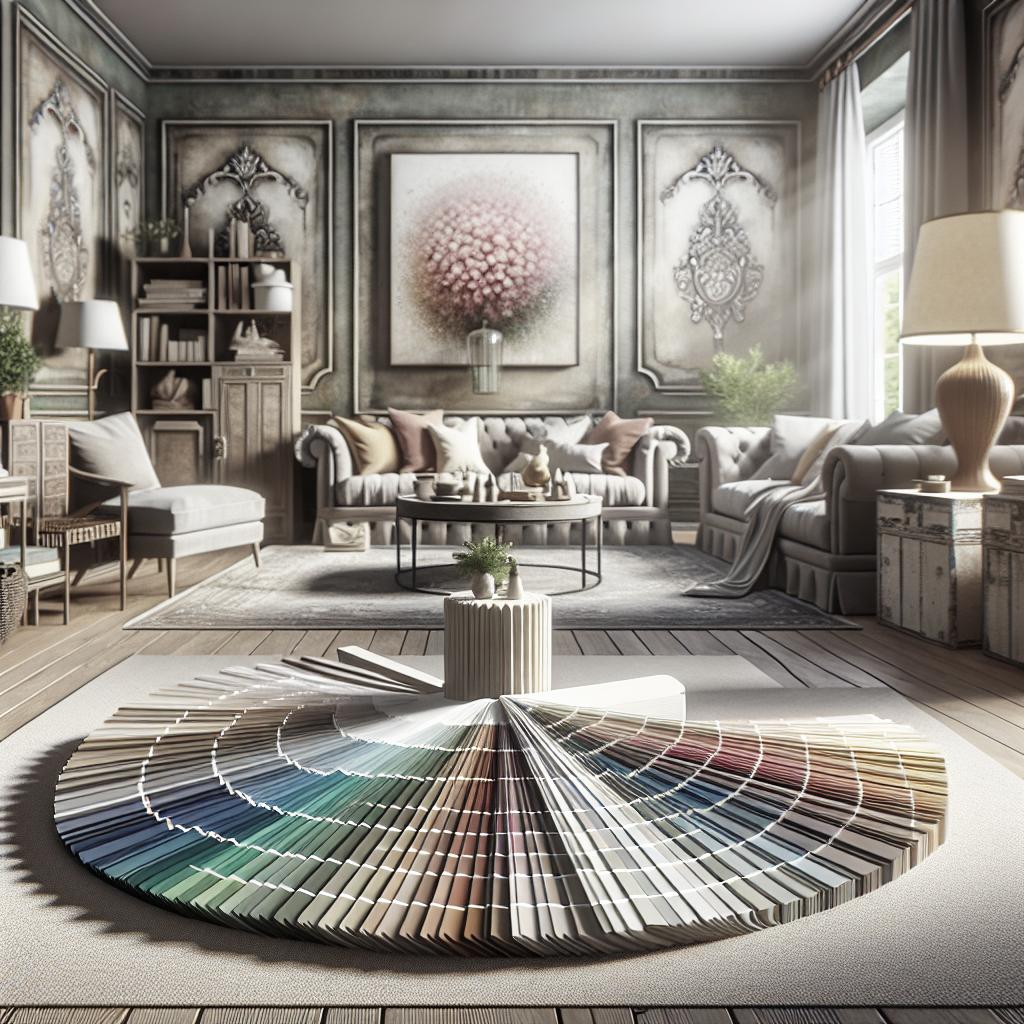Ergonomics in Design: A Comprehensive Guide In our fast-paced world, where efficiency and productivity are key, ergonomics plays a crucial role in enhancing our interaction with our environment. This blog post delves into the meaning and significance of ergonomics, particularly in design. We explore its application in the workplace, interior spaces, and even your home by looking at practical examples like light sources, desks, and more. You’ll learn about the benefits of ergonomic design and how it contributes to wellness and efficiency. Whether it’s improving your posture at work or making kitchen tasks more manageable, understanding ergonomics can lead to a healthier, more comfortable life. Get ready to uncover how integrating ergonomics into design is not just a trend but a necessary evolution towards creating spaces and tools that serve us better. ### What’s in this post? In this post, we will explore the intricacies of ergonomics, diving deep into its applications in design, from office setups to personal spaces at home. We’ll examine the importance of ergonomics not only in professional environments but also in domestic settings. Practical examples and a detailed FAQ section will provide comprehensive insights into the meaning and advantages of adopting ergonomic principles. ### What is ergonomics? Ergonomics is the study of people’s efficiency in their working environment, drawing from disciplines such as physiology, psychology, and engineering. The goal is to design products, systems, and environments that are conducive to human use, minimizing discomfort, fatigue, and the risk of injury. By considering the human body’s strengths and limitations, ergonomics ensures that designs are intuitive and support physical well-being. The field of ergonomics is vast and encompasses various areas of human interaction, from adjusting the height of a desk to crafting the layout of an entire office space. By emphasizing user-centered design, ergonomics aims to create harmonious relationships between people and their technological or physical surroundings. ### What is ergonomic design? Ergonomic design refers to the creation of products or environments that align with ergonomic principles, thereby facilitating comfort and efficiency for the user. In this context, designers consider the aspects of form and function from the human perspective, reshaping traditional designs to accommodate natural movement and posture. Good ergonomic design reduces physical strain and the need for repetitive movements, which can lead to conditions such as Carpal Tunnel Syndrome or back pain. From office chairs that support correct spinal alignment to kitchen tools that fit snugly in the hand, ergonomic design is the intersection of aesthetics, functionality, and user comfort. ### What is ergonomics in interior design? In interior design, ergonomics focuses on crafting spaces that are not only visually appealing but also functionally supportive for daily activities. This might involve selecting furniture that complements the way people naturally move and interact within a space, such as choosing a sofa that’s comfortable for both sitting and lounging. Effective ergonomic interior design considers the spatial arrangement to facilitate easy movement and accessibility. It also addresses lighting and acoustics to enhance focus or relaxation, ensuring that each aspect of a layout contributes to a balanced and healthy living experience. ### Importance of ergonomics in the workplace Workplace ergonomics is vital for creating a healthy work environment that promotes productivity while reducing strain and injury risk. Poor ergonomic conditions, like unsuitable chairs or improperly positioned monitors, can lead to discomfort, which in turn affects workers’ output and satisfaction. Implementing ergonomic solutions in the workplace can enhance employee performance by minimizing physical stress and optimizing tasks. This includes adjusting office layouts to encourage movement, ensuring proper lighting, and using technology that supports intuitive use. Ultimately, ergonomics aims to foster workplaces where employees can perform optimally and comfortably. ### Ergonomic design examples #### Light sources Lighting plays a crucial role in ergonomics, influencing mood, productivity, and health. Natural light is preferred but oftentimes not available, in which case adjustable and task-specific lighting fixtures are used to reduce eye strain and improve visibility in workspaces. #### Desks Ergonomically designed desks, such as standing or adjustable-height desks, allow customization to suit individual needs. This adjustability helps prevent sedentary behavior and promotes a healthier posture by encouraging movement throughout the day. #### Chairs An ergonomic chair supports the spine’s natural curvature, providing adequate lumbar support and adjustable features such as height and armrests. These elements are vital for reducing the risk of back pain and enhancing comfort during prolonged sitting. #### Computer monitor Positioning the computer monitor at eye level helps maintain a neutral neck posture, preventing strain. Monitors that can tilt and swivel add to ergonomic flexibility, accommodating various tasks without compromising comfort. #### Ergonomic keyboard and mouse Keyboards and mice designed for ergonomics maintain natural hand, wrist, and forearm positions, preventing repetitive strain injuries. Split keyboards and vertical mice are common ergonomic solutions providing comfort during computer use. ### The importance of ergonomics in the home #### Ergonomic kitchen In the kitchen, ergonomics can streamline meal preparation by placing frequently used items within easy reach and organizing tools for intuitive use. Counter heights and storage solutions tailored to the user’s height can significantly reduce strain during cooking tasks. #### Living Room Ergonomic principles in the living room involve selecting furniture that supports natural movement and posture, allowing for relaxation and interaction without discomfort. Adjustable lighting is also crucial for creating a variety of ambiances to suit different activities. #### Ergonomics in the bedroom In the bedroom, ergonomics are about creating a sleep environment that promotes rest and ease. This includes choosing a mattress and pillows that support the spine’s alignment, thereby enhancing sleep quality and overall well-being. #### Bathroom An ergonomic bathroom layout considers accessibility and ease of use, especially for those with mobility challenges. Installing grab bars in showers and tubs, arranging toiletries within easy reach, and using non-slip flooring are crucial ergonomic considerations. ### Lessons learned The significance of ergonomics in design extends beyond comfort; it’s a fundamental component of creating spaces and tools that cater to human efficiency and wellness. From workplace optimization to enhancing the home environment, ergonomic design fosters a better quality of life. Prioritizing ergonomic principles in our daily surroundings can lead to significant improvements in productivity, health, and general satisfaction.
| Aspect | Examples/Importance |
|---|---|
| Ergonomics Definition | Study of efficiency in environments, focusing on minimizing discomfort and injury risk. |
| Ergonomic Design | Designing for comfort and function, reducing strain with user-centered products. |
| Interior Design | Focus on harmonious, functional spaces that enhance natural movement and accessibility. |
| Workplace Importance | Promotes productivity, reduces injuries through optimized layouts and supportive technology. |
| Design Examples | Includes lighting, desks, chairs, monitors, keyboards: all tailored for ergonomic efficiency. |
| Home Ergonomics | Kitchen, living room, bedroom, and bathroom adaptations for comfort and accessibility. |
### FAQ #### How is ergonomics used in design? Ergonomics is used in design by focusing on creating environments and tools that optimize human comfort, efficiency, and safety. This involves studying human interaction with objects and environments to ensure designs reduce strain and support natural movements. #### What are the 3 types of ergonomics? The three types of ergonomics are physical ergonomics, focusing on human anatomy and physical activity; cognitive ergonomics, addressing mental processes and interactions; and organizational ergonomics, which involve optimizing systems and processes for productivity. #### What are the 5 categories of ergonomics? The five categories of ergonomics include physical (dealing with human body mechanics), cognitive (concerning mental processes), organizational (related to social systems), environmental (focusing on human interaction with their physical environment), and equipment ergonomics (designing tools and gadgets for optimal use). #### What is the main goal of ergonomics? The main goal of ergonomics is to enhance the interaction between people and their environments, ensuring safety, reducing the risk of injury, and improving efficiency and comfort in various activities and spaces. #### What are the advantages of applying ergonomics to kitchen design? Applying ergonomics to kitchen design makes cooking more efficient and reduces physical strain by ensuring appliances and workspaces are at optimal heights and items are easily accessible, thus minimizing unnecessary movement and awkward postures.


